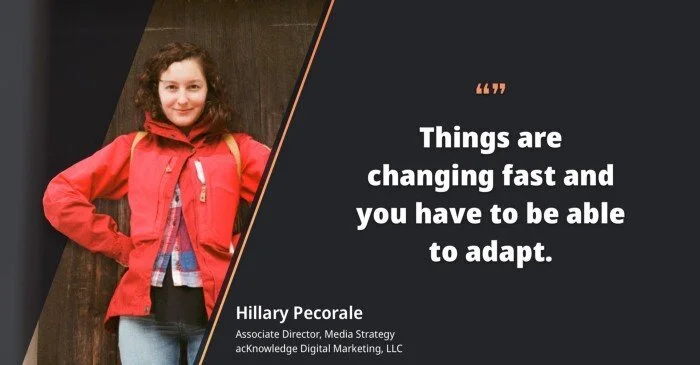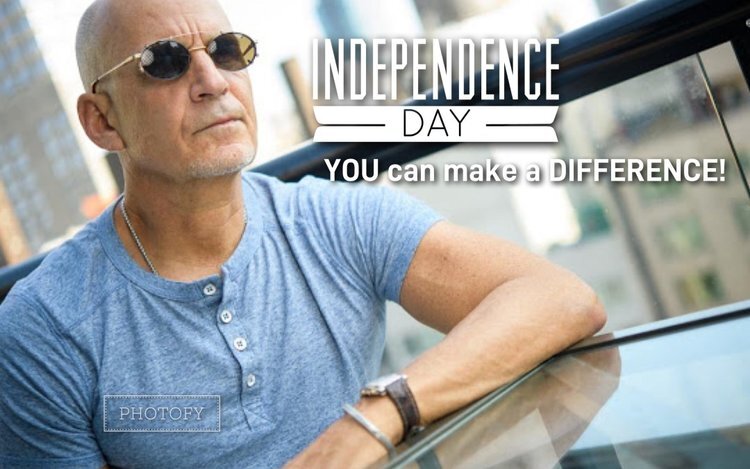Breaking Stereotypes of Women | Questionable Marketing Trend ~via @MosaicNA
Strong female voices are echoing across the globe, and brands are taking notice. We’ve had several clients who traditionally target men ask Mosaic for help in sparking conversations with women. These briefs inevitably lead to the same question: how can brands be more relevant to this sought-after and diverse demographic during this wave of women’s empowerment?
If we look for advice from two of the most successful female-focused campaigns, Always’ #LikeAGirl and Dove’s Campaign for Real Beauty, we could deduce that breaking stereotypes is the way to go if you want to capture women’s attention and win industry awards.
Is breaking stereotypes the winning formula for marketing to women? Alternatively, is breaking stereotypes a marketing trend that needs to be broken?
If at the end of the day, we’re looking to grow brands and sell products to this audience, which path leads to real success?
To redefine the negative connotation of doing things “like a girl”, Always asked girls of all ages to write their perceived limitations on boxes and then destroy them, for the world to see.
The brand says their campaign is all about highlighting “the sexist undertones of a phrase that many people use without thinking twice, and the effect it can have on girls’ perceptions of themselves and their abilities.”
By featuring women of all shapes and sizes posing in their underwear, Dove aimed to challenge and redefine traditional beauty standards, urging and empowering women everywhere to embrace what makes them unique. It kick-started a debate about the portrayal of women in the media that continues to this day.
Always’ #LikeAGirl and Dove’s Campaign for Real Beauty were compelling, award-winning, and groundbreaking campaigns. As someone who spent eight years working on Dove and having it be the most important and satisfying work of my career, I am incredibly proud of campaigns like these.
That said when I look at the lists of the most successful campaigns that market to women, almost every one centers around breaking stereotypes. Why? Because if every campaign geared at women takes the same approach, doesn’t it start to become inauthentic and redundant?
I hypothesize that marketers feel they need to fight stereotypes or reveal a weakness around women in society to break through. Yes, this approach garners attention and tackles vital issues, but it can also be a red herring and detract from what every brand is actually trying to do – sell a product. Dove experienced this firsthand when I was still on the business. Brand equity scores were through the roof, but product sales didn’t follow until Dove revised the campaign to take on a more functional and product-forward approach.
Remembering this, I began to search for campaigns that were more product focused for comparison. Although harder to find, here are two examples of campaigns that stand out and put their product first.
“Reitmans. Really?”
Reitmans needed to change the bias against their brand and convince consumers that it’s possible to find trendy and fashionable clothing at Reitmans.
They launched anonymously at Montreal’s Fashion week, showcasing their clothes without publishing their brand and asked women where they think the clothes were from. Most guessed big fashion houses and renowned retailers before being told the truth: Reitmans. Their responses were, as we had anticipated, “Really?”
Videos of the exploit broadcasted on TV and online in both languages and the stunt helped to create momentum leading up to the big reveal of Reitmans’ new ambassador. The public was finally introduced to Meghan Markle a few weeks later, with a TV commercial, web placements, out-of-home billboards, and in-store fashion advertising material. The humorous TV spot featured women struggling to get a peek at the labels on Meghan’s fabulous clothing and ended with Meghan informing them her outfit came from Reitmans—really. During each wave of the campaign, sales increased 69.6% and 72.8% respectively, and Meghan’s involvement achieved 18m impressions.
Make History – Jim Beam
“Whiskey and Women” was the research project that led to a new positioning for Jim Beam. “We found that 30% of the growth was coming from women” reported Rebecca Messina, SVP/global CMO for Beam Suntory. “In a beverage category where no one was talking about [or showing] women,” Jim Beam brought in actress Mila Kunis to carry the narration.
The TV spot shows Mila branding Jim Beam barrels to celebrate the craftsmanship of bourbon and the “quality of the liquid,” according to the brand, which is aged for twice as long as the law requires for a Kentucky straight bourbon. Jim Beam is launching a second Mila Kunis ad in an effort to reach the expanding number of 18-34 whiskey drinkers after seeing 43% growth in the year following the launch of its “Make History” campaign.
You may not be familiar with these two campaigns because they didn’t win the same awards as Dove and Always but do you think they were as impactful? Their case studies say yes. They both blew the doors off their sales and growth targets, but they did not raise the same levels of awareness.
One could argue that both of the product-focused examples did, in their own way, break stereotypes. Reitmans changed the bias towards their brand, and Jim Beam was the first to talk to women in a primarily male category.
So my question remains. Is a focus on breaking stereotypes the winning formula for marketing to women? Or in the spirit of 2018, is it time to break new ground and ditch the stereotypes all together? It will be interesting to watch where the trend takes us this year.




